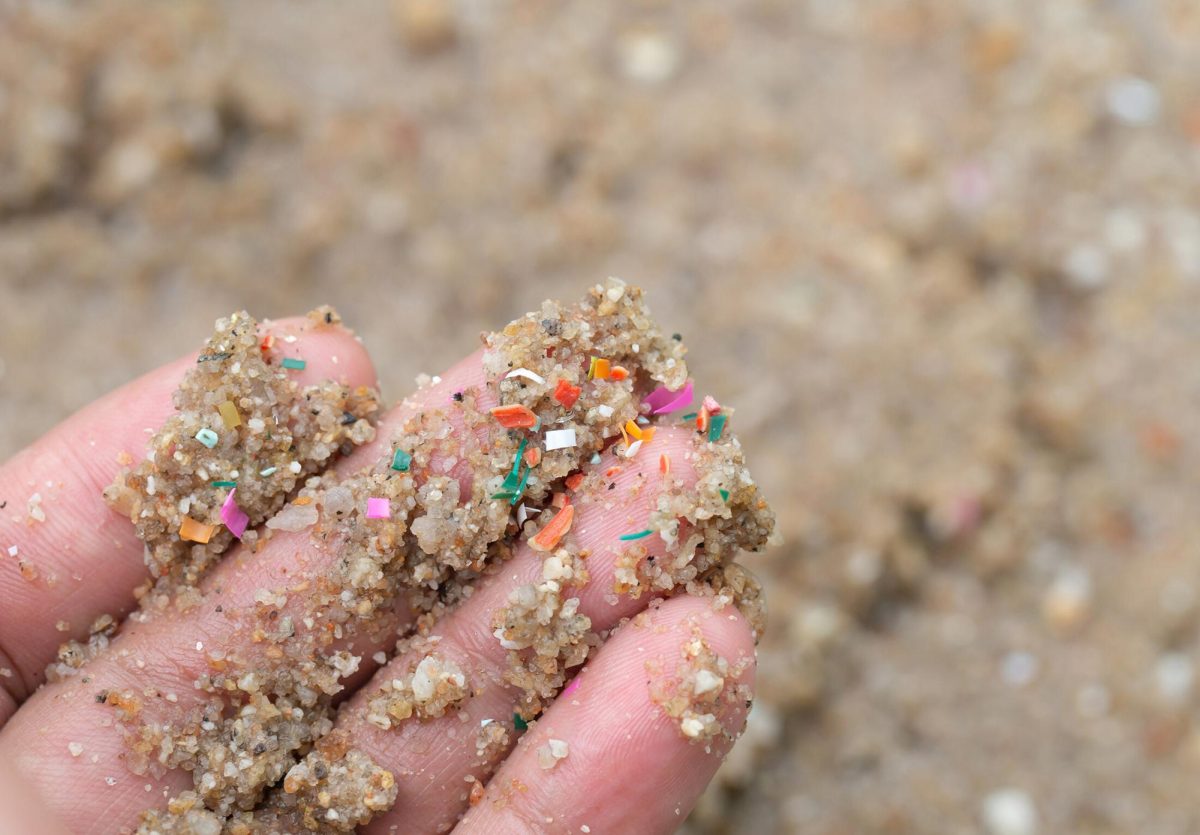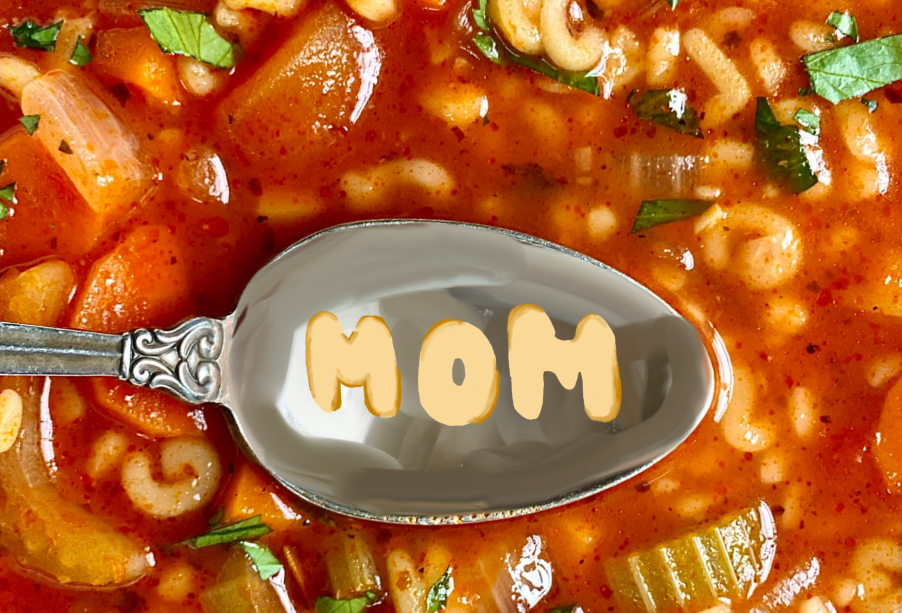Considering that you’re likely an average American student, you may start off your school mornings in a blur, one too many snoozed alarms having ruined the chance of a peaceful transition into the long day ahead. You’ll throw on whatever clothes you see first—probably a hoodie and a pair of sweats—then quickly brush your teeth and put on sunscreen, if you have the mental tenacity to care about your skin’s health despite the frenzy of the morning. A glance at the clock tells you that you’ll have to choose between having a proper sit-down breakfast and making it to your bus stop on time, so you inhale a granola bar and wash it down with a bottle of juice before packing your bag and running out the front door. You make it just in time to hear a familiar thundering as a bus with run-down tires comes to a halt at your block.
At school, the halls bustle with other half-awake students, some holding Starbucks cups with their much-needed caffeine boost for the day. Each period a vague fog, you stumble into your lunch period with the choice of either a cold, sad, cling-wrapped sandwich or whatever hot lunch they happen to serve that day, which you poke at begrudgingly with your flimsy plastic fork.
On the arduous walk home after school, a plastic bag floats past along a road littered with leaves and wrappers. You find yourself at your front door yet again, ready to sit at your desk, pop a piece of gum in your mouth, and start your homework. Then you do it all over again the next day.
Some semblance of this experience has become deeply ingrained into all of us. Amidst the lull of the day-to-day dullness that we all experience, however, lies a tremendously alarming concern: many of the actions we take without a second thought, along with the many factors out of our control, are steadily polluting our bodies in the form of microplastics.
Your plastic-encased breakfast and lunch may be obvious culprits, as well as the bristles of your toothbrush, and perhaps even the paper cups lined with plastics that people drink their coffee from. The polyester fibers of your clothes, liquid components of your sunscreen, gum that you chew with such vigor, and worn tires of the bus you take, less so. But regardless of their apparent harmlessness, they inflict harm all the same.
“Microplastics have been shown to enter the human body by three routes: ingestion, inhalation and through the skin,” said Dr. James Truglio, a science teacher at South High School with a PhD in molecular biology and biochemistry. This means that most humans have, regardless of any preventative measures they may take, involuntarily come in direct contact with microplastics.
Especially distressing is the fact that these microplastics have begun infiltrating the innermost depths of our bodies. A recent study conducted by researchers from the American Chemical Society found that microplastics are now present in many heart tissues. Another study conducted by the same organization revealed that the average American consumes and inhales an average of 74,000 to 121,000 microplastics particles per year depending on their age and sex. Those who drink only bottled water may ingest an additional 90,000 microplastics. So why is this a topic of concern?
According to Dr. Truglio, “[Microplastics] have shown to be able to carry on their surface specific pollutants, heavy metals, and toxins,” which can then, in turn, have serious health implications. “These substances individually or in combination can affect a wide range of organs and lead to such outcomes as liver fibrosis, intestinal damage, COPD, cardiovascular disease, pregnancy toxemia, and cancer, to name a few.”
While these effects may seem worlds away to the typical high schooler who hasn’t even reached their prime physical state, much less begun to experience the health issues that come with age, today’s youth is, in fact, the group most vulnerable to these conditions. You’ve likely spent your whole life surrounded by and consuming plastic, from your first pacifier as an infant to all the single-use items you dispose of daily as a high schooler. And, as the still relatively young first generation to experience the proliferation of this substance to such a great extent, there is no telling what kind of health problems continued exposure at this current rate throughout the span of decades will result in.
On top of this, Long Island in particular has seen considerable struggle in the face of countless environmental problems. We’ve dealt with PFAs in our water, an influx of invasive tree-killing insects, flash floods, rising sea levels, along with the other problems faced by the rest of the nation—all of which ultimately are a detriment to our physical health in some way. For this reason, it’s vital to consider what we are able to do to ensure our well-being in the future.
It should be clear, then, that a course of action to address these issues would be complex but necessary. “There needs to be more focus on reducing both sources of microplastics and plastic usage in general, and on improving the management of plastic waste,” said Dr. Truglio. The first step for this is raising awareness of the fact that the environment has a direct bearing on our health, and of the importance living and consuming consciously.
The objective truth is that we are rapidly polluting our bodies with a substance, which, despite being relatively new, has already proven itself to cause irreversible damage. And, as high schoolers living in the bubble of Great Neck, it may seem like the possibility that our lives are being threatened despite having barely started is becoming increasingly present. For this reason, it’s crucial to take a stand for our future health and well-being. The world runs on an interconnected web of plastic’s production and distribution that is steadily infiltrating our bodily systems, and will continue to do so until we decide to make a change.







